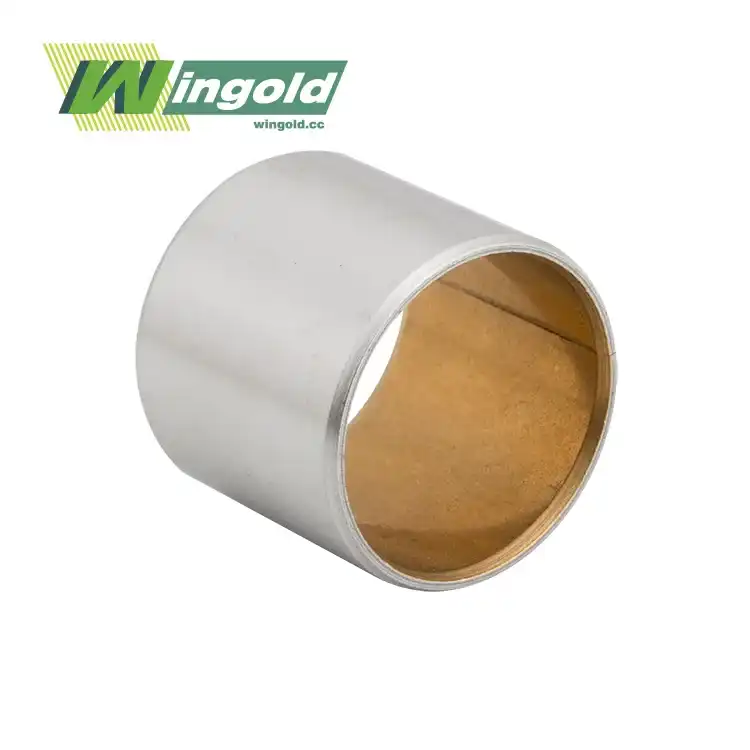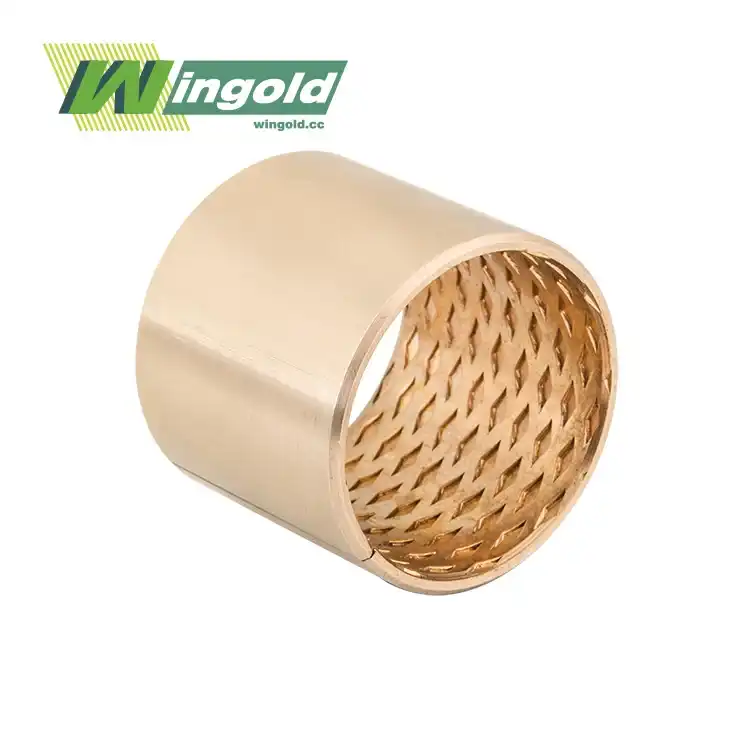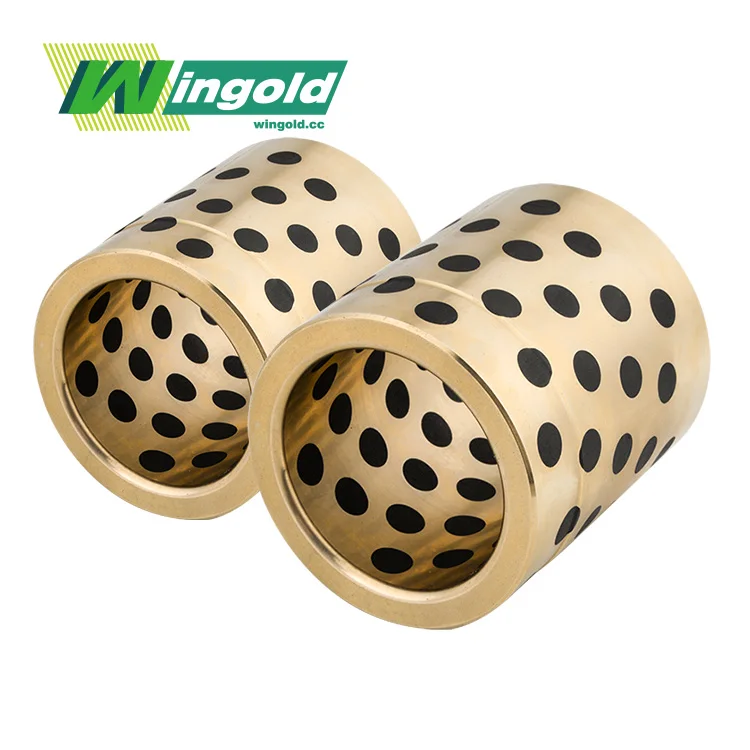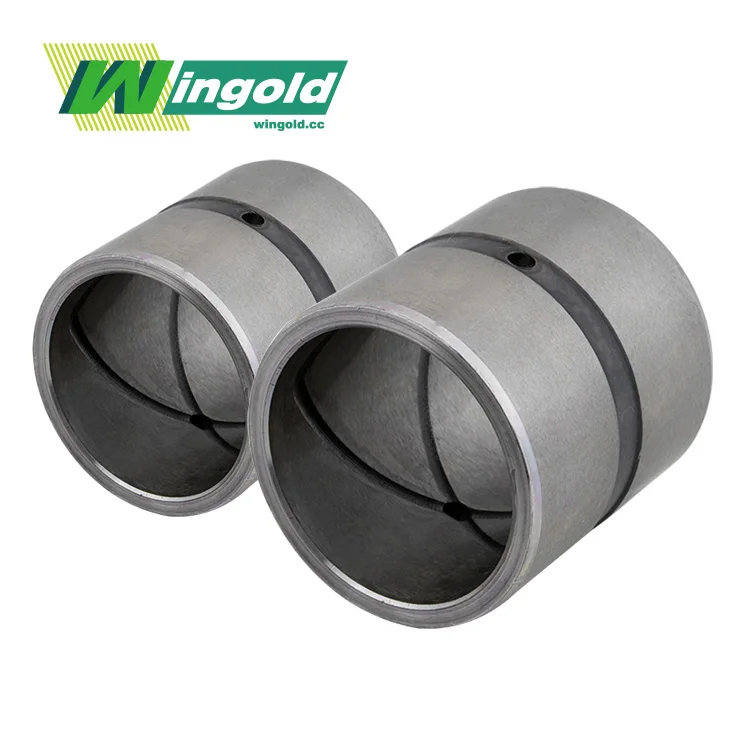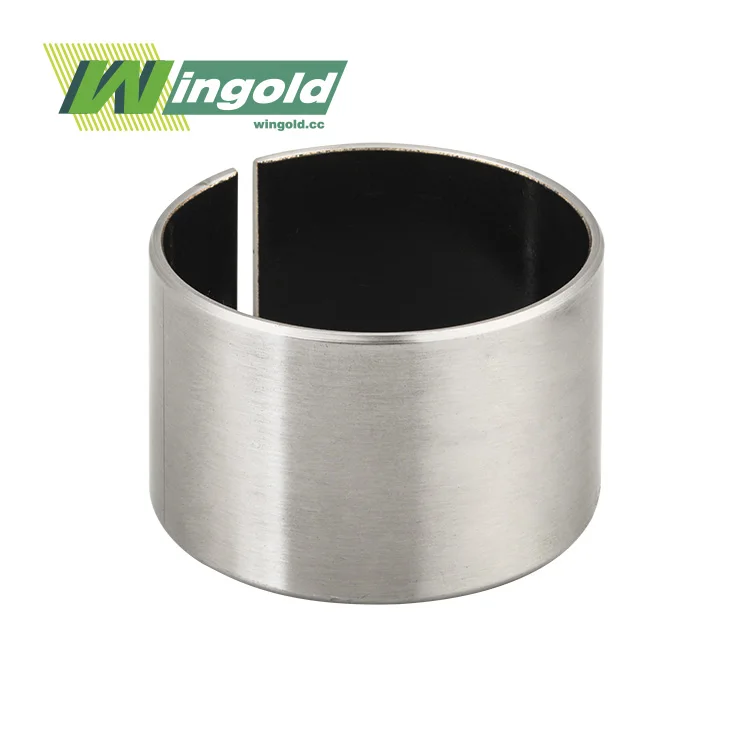The Science Behind Bimetallic Self-Lubricating Bearings
Bimetallic self-lubricating headings speak to an apex of design development in the world of mechanical components. These orientations are fastidiously created to provide remarkable execution in requesting applications. At their center, they comprise a strong steel backing that gives basic astuteness and load-bearing capacity. The surface layer, be that as it may, is where the enchantment happens.
This wear-resistant layer is typically composed of copper alloys with low friction characteristics. Some common alloy compositions include CuPb10Sn10, CuPb6Sn6Zn3, CuPb24Sn4, CuPb30, AlSn20Cu, and CuSn8Ni. Each of these alloys is carefully selected for its specific properties, allowing manufacturers to tailor the bearing's performance to various operating conditions.
The surface of the copper alloy layer can be further enhanced through the addition of oil grooves, oil holes, and other lubricant-retaining features. These modifications are crucial for applications where continuous lubrication is impractical or impossible. By incorporating these features, bimetallic self lubricating bearings can maintain their performance even in challenging environments.
The Manufacturing Process
The production of bimetallic self-lubricating bearings involves a sophisticated process that ensures optimal bonding strength and load-bearing capacity. After the initial sintering of the copper alloy layer onto the steel backing, the bearings undergo secondary sintering and extrusion processes. These additional steps are vital for achieving the desired material properties and ensuring the long-term reliability of the bearing.
The result of this meticulous manufacturing process is a bearing that offers a unique combination of benefits. These include extended service life, reduced friction and wear, excellent load-bearing capacity, and the ability to operate in high-temperature conditions. Moreover, the inherent corrosion resistance of the copper alloy layer provides an additional layer of protection against chemical attack and environmental degradation.
Corrosion Resistance: A Critical Advantage
Corrosion is a pervasive challenge in many industries, causing significant economic losses and posing safety risks. Bimetallic self-lubricating bearings offer a robust solution to this problem, thanks to their unique construction and material properties.
The copper alloy layer that forms the bearing surface is inherently resistant to many forms of corrosion. This resistance is further enhanced by the self-lubricating properties of the bearing. As the bearing operates, it creates a thin film of lubricant on its surface. This film not only reduces friction but also acts as a barrier against corrosive agents, protecting the underlying material from attack.
Performance in Harsh Environments
The corrosion resistance of bimetallic self lubricating bearings makes them particularly valuable in harsh operating environments. In marine applications, for example, these bearings can withstand the corrosive effects of saltwater, ensuring reliable operation of critical components such as rudder systems and propeller shafts.
Similarly, in chemical processing plants, where bearings may be exposed to a wide range of aggressive substances, the corrosion resistance of bimetallic self-lubricating bearings helps to extend equipment life and reduce maintenance requirements. This translates to improved operational efficiency and reduced downtime for plant operators.
Applications Across Industries
The exceptional properties of bimetallic self-lubricating bearings, including their corrosion resistance, make them suitable for a wide range of applications across various industries. Let's explore some of the key sectors where these bearings play a crucial role:
Automotive Industry
In the automotive sector, bimetallic self-lubricating bearings find applications in suspension systems, steering mechanisms, and transmission assemblies. Their ability to withstand high loads and resist corrosion makes them ideal for these critical components, contributing to improved vehicle performance and longevity.
Aerospace
The aerospace industry relies on bimetallic self lubricating bearings for applications such as landing gear, flap track mechanisms, and hydraulic subsystems. In these high-stakes environments, the bearings' corrosion resistance and reliability are paramount for ensuring safety and performance.
Industrial Machinery
From printing presses to textile manufacturing equipment, industrial machinery benefits greatly from the use of bimetallic self-lubricating bearings. These components help to reduce maintenance requirements and extend the operational life of expensive equipment, contributing to improved productivity and cost-effectiveness.
Marine Applications
As mentioned earlier, the marine environment is particularly challenging for bearing materials. Bimetallic self-lubricating bearings excel in this sector, finding use in rudder bearing systems, propeller shaft arrangements, and deck-mounted equipment. Their corrosion resistance is particularly valuable in these saltwater environments.
Energy Sector
In the energy industry, bimetallic self-lubricating bearings are used in wind turbines, hydroelectric power plants, and oil and gas equipment. The bearings' ability to operate reliably in diverse environmental conditions makes them an excellent choice for these critical applications.
Conclusion
Bimetallic self lubricating bearings are indeed key to corrosion resistance in a wide range of industrial applications. Their unique construction, combining a strong steel backing with a corrosion-resistant, low-friction surface layer, provides exceptional performance and longevity in challenging environments. As industries continue to push the boundaries of what's possible, these innovative bearings will undoubtedly play an increasingly important role in ensuring the reliability and efficiency of critical machinery and equipment.
For more information about our range of bimetallic self-lubricating bearings and how they can benefit your specific application, please don't hesitate to contact us at info@wingold.cc. Our team of experts is ready to help you find the perfect bearing solution for your needs.
